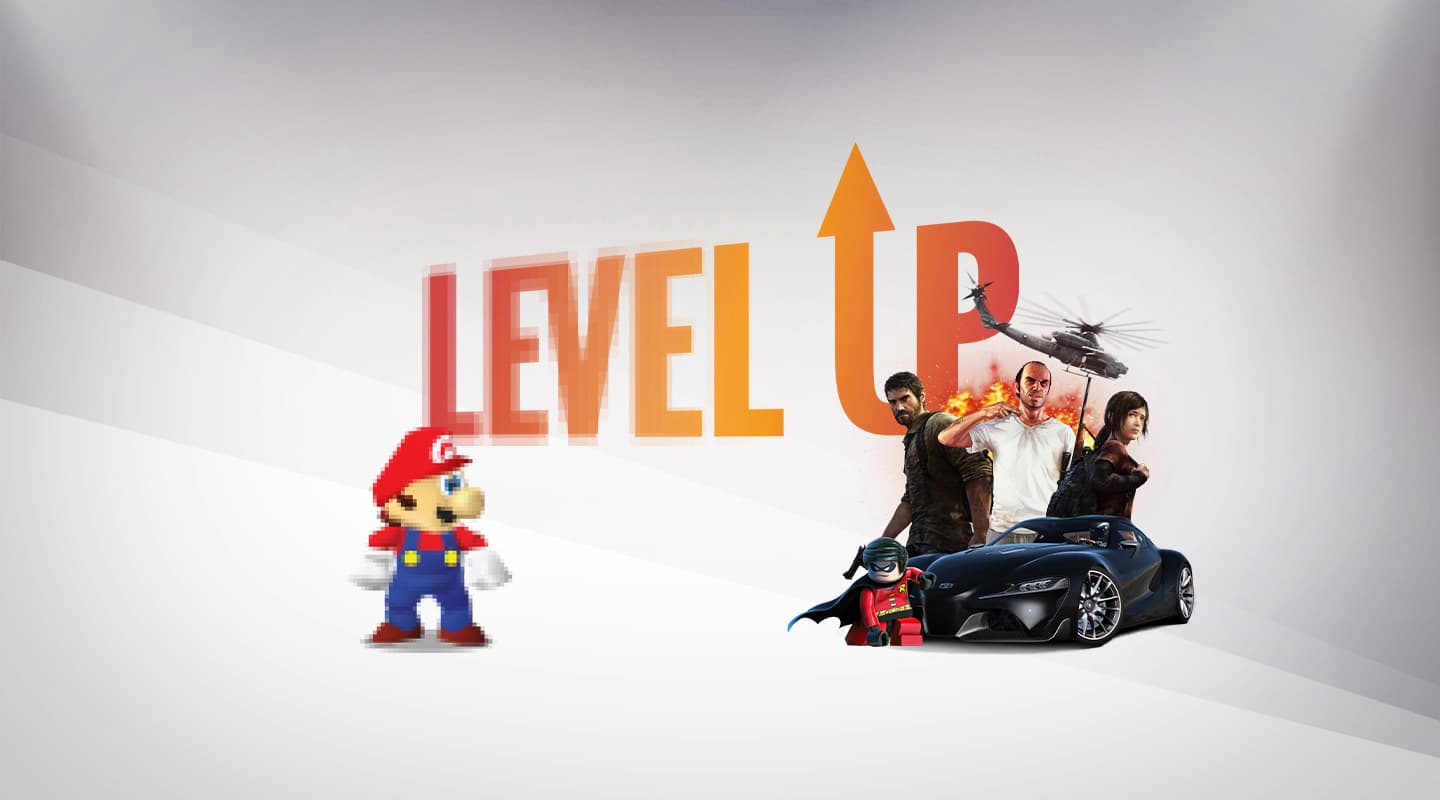
Level Up: The Rise & Rise of Game Audio
The generation raised on video games has come of age. And so has game audio. Leading industry players reflect on how the game has changed.
Story: John Broomhall
Video games are big business. Really big. The last few years have seen an exponential increase in sales revenue with Grand Theft Auto V, the poster child, reportedly eclipsing the one billion dollar mark in just three days — a new, staggering record that officially makes games not only the highest-grossing pieces of entertainment (World Of Warcraft has grossed over $10b), but the fastest selling too.
The games biz has conquered the hearts and minds of a vast demographic from the youngest Moshi Monsters or Mario fan, to millions upon millions of entertainment-savvy adults, whose hard-earned disposable income and time is now as likely to be directed at the latest Call Of Duty (or Candy Crush) as it is movies or bands. Meanwhile, the video game console is now a must-have media hub in living rooms the world over, and online multi-player gaming between opponents on opposite sides of the planet is the norm. Not bad for an entertainment medium that not so long ago was considered child’s play.
FEEL THE FORCE
Steve Schnur: “Games — and the music we deliver within them — have evolved from an emerging entertainment medium to a global cultural force. More importantly, the generation raised on video games is now coming of age. Our industry changed their way of seeing, hearing and playing. They in turn are now beginning to shape and define our world. The result is that the digital, social and creative revolution we’d always hoped for is happening as we speak. For game soundtracks, EA’s Madden and FIFA franchises have certainly been game changers in terms of doing what radio and MTV used to do: breaking new music and new artists on an instantaneous worldwide level. When it comes to original scores, the tipping point has been the level of talent drawn to the medium. In fact, I believe that some of the very best original music today is being created exclusively for games. It’s been an extraordinary accomplishment and remains a remarkable opportunity.”
Paul Lipson takes up the theme: “We have reached a level of creative output that certainly rivals the biggest blockbuster experiences — on any screen or stage. Games have actually fostered a resurgence in large ensemble composition and recording — bringing the orchestra back to the forefront of popular culture. We are finding ways to express themes and define interactive worlds with music of all sizes, types, styles, and genres. I’ve worked on some projects that have had four feature films’ worth of music, all recorded with 85+ players — mixed and mastered to perfection. Our ability to create bespoke content to support new fiction and franchises is limited only by our imagination and ingenuity. The bar is in a much higher place than even five years ago.”

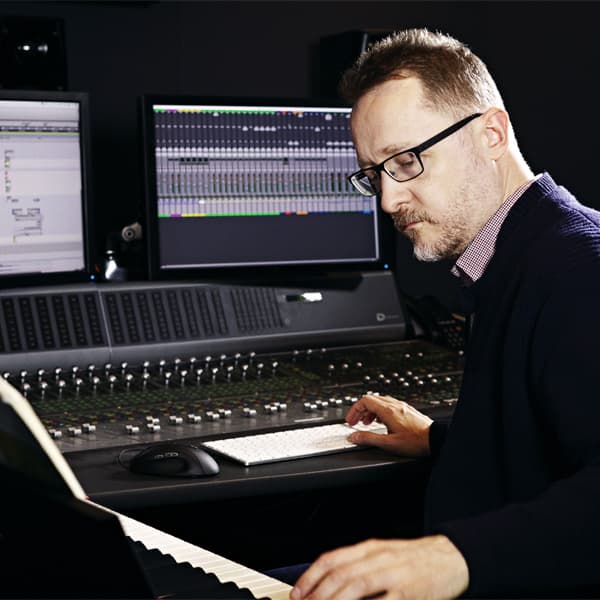
Steve Schnur (left) and Nick Arundel (right) work on some of the biggest video game titles in the world… and in some darn nice digs.
And for composers like Jason Graves, the creative largesse is truly liberating: “I seriously doubt a film or TV project would allow me multiple days on the recording stage with a full orchestra recording experimental effects without any idea what the end result will sound like (all three Dead Space scores). Or commissioning an original steel and glass instrument for a soundtrack without any idea of what it looks like until the camera crew arrives to film it for a behind-the-scenes television special (Tomb Raider). Those are two of the many creative experiments I’ve enjoyed throughout the years in video games.”
The industry used to talk about triple-A quality games — now it’s ‘quad-A’. These are titles whose production values are sky high, driving a steady increase in the use of not only the world’s leading creative talent but also its most prestigious recording and post facilities.
Paul Lipson: “We are working across the industry in partnerships that are helping us achieve class-leading results for our releases. On the bespoke content side, we work with musicians throughout the US and the UK to record our scores — and enjoy a relationship with the AFM (the American Federation of Musicians, the largest union in the USA/Canada), and facilities like Skywalker Sound, Abbey Road, etc. We commission scores from some of the best composers working today, and encourage innovation and new approaches to original music.”
Giles Farley: “At Pinewood and Shepperton Studios we bring to video games the exact same creativity, expertise and passion we bring to major motion picture releases. For instance, recording foley for Fable: The Journey or mixing cut scenes for Rome: Total War, the level of talent involved is world-class and we’re excited about our future game projects.”
Where should audio folk focus their energies? Same as they always have — be curious, be passionate, be creative but above all be nice
— Dan Bardino

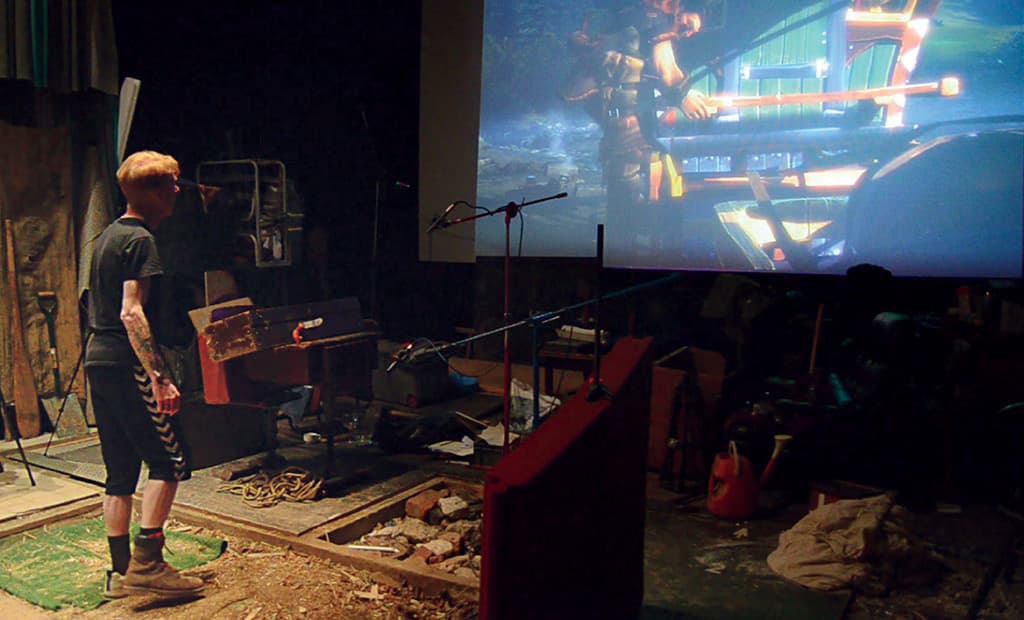
ROAD TO FREEDOM
With hard disk, memory and streaming limitations largely removed on next-gen consoles, artists can more easily realise their audio visions.
Jason Graves: “Now it simply comes down to budget — how many minutes of music and how much time the developer can spend implementing everything. I think from an interactive music standpoint, we’ve kind of ‘arrived’ with the new generation of consoles. As far as final playback within the game is concerned, you can really do anything now.”
Nick Laviers concurs: “I think in their own way, games have followed a similar course to the movie industry. In the early days it was more about what technology and practices film companies developed to maintain their competitive edge, then as the years went by and cameras, audio equipment, etc., became standardised and ubiquitous, the pushes forward with technology were smaller and came about more slowly. Here in 2014, video games have become a mature entertainment industry and in game audio, our challenges are now more in the area of content creation. This now drives the technical side, whereas I think in the past we often dreamt up the technology first!”
As the power of ideas increasingly trumps the power of technology in game audio we are witnessing a paradigm shift in creativity.
Nick Arundel: “Over the last 15 years I have seen the move from games struggling to fit creative ideas within the available technology, to games that really understand what makes an engaging experience, regardless of the technology.
“Historically, the technical questions in the way of achieving our aims were the foremost issues facing developers. As technology improved the language used by developers shifted towards more ‘creative’ questions, such as what do we want the player to experience and how do we want them to feel? In some ways the technology has become transparent.
“A huge part of this shift is the wide adoption of middleware tools, and for sound design this means Wwise and Fmod. These tools are the video game industry’s ‘ProTools’; the de facto standard. There is now a pool of talented sound designers who think within the framework of these tools. These tools have affected every aspect of how we approach sound within games, from how we record, to editing, implementation and mastering.
“It’s exciting to see the growing number of sound designers who want to embrace the challenge of video game sound and face the issue of ‘permanence’, a unique problem/opportunity in video game sound. We face the task of creating complete ‘worlds’ of sound, not sound for just a single shot. These worlds can be explored at the player’s leisure without the linear time-line of film. They have a ‘permanence’. We hand a large degree of the movie director’s control to the player, and we must make sure it sounds great, not in one case (the shot), but in every case. The skills needed to face this challenge are not directly transferable from film. With the help of middleware, a ‘tool box’ of techniques has emerged and become the working language of the industry.
“We can now finally start grappling with the issues around what makes a great player experience. Books can give a fantastic insight into someone’s psychology, a film can show you great spectacle, but what are video games good at? What stories suit video games? How do we manipulate or guide the player? These problems can now be tackled without first considering daunting technological hurdles.”
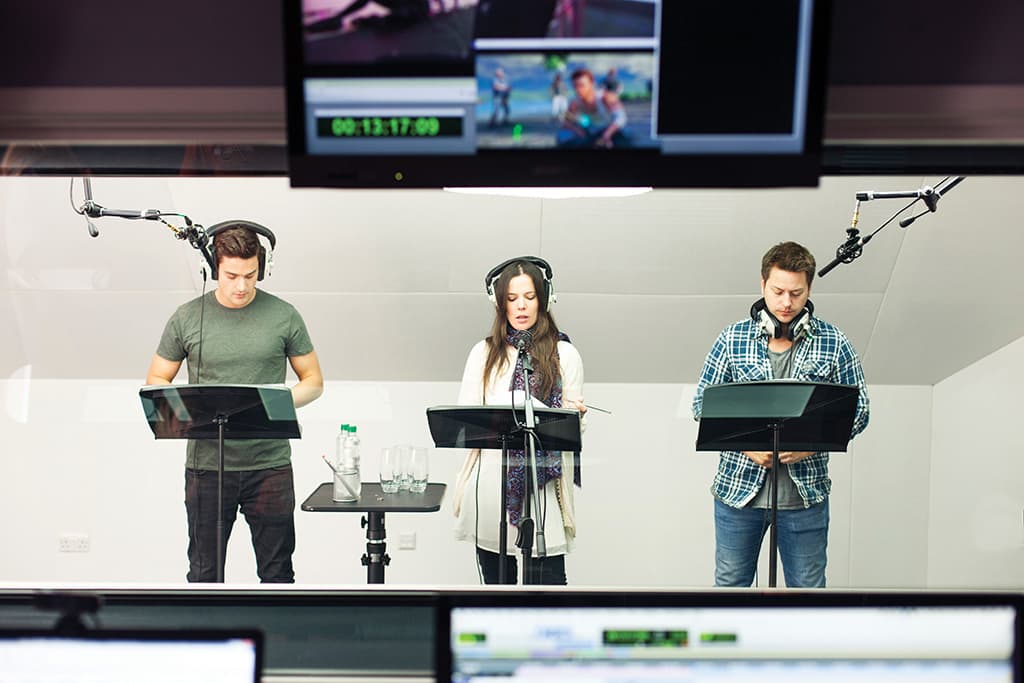
INDIE EXPLOSION
Quad-A is of course here to stay, but it’s not the whole story. Artistically brilliant titles are being created at a fraction of the Quad-A production price tag by a burgeoning indie sector thriving in a commercial world where barriers to entry just keep falling. Meanwhile the proliferation of smartphones and tablet devices is creating yet more opportunity for innovative and potentially lucrative gaming-to-go.
Nick Laviers: “Not everybody will be (or need to be) at the ‘bleeding edge’, just like not every film is released in 3D. There are more timeless things which sell games, like storytelling and game-play design. Perhaps more so in games than films, the visual and sonic quality play second fiddle to the core facets that make games compelling. There’s room for more of a range of production values in games these days to illuminate these facets. Even ignoring ‘old’ games, there’s mobile games, social network games, a massive gamut of different styles of indie PC/Console games and then of course AAA PC/Console games. Right now, my kids are loving a low-res looking platform game called Starbound. While I’m simultaneously being stunned by the incredible artistic achievement in Ryse. Two very different aesthetic experiences but both enjoyable because of the story and game-play.”
Ben Minto: “The variety of delivery platforms for today’s games has democratised the market. 15 years ago it was mainly PC, console and handheld. Today the starting point, in terms of cost, are the free2play, micro-transaction titles, and at the top end, the $60 titles which cost double that when you factor in downloadable content/membership programs. Today, in theory, anyone can make a game. An indie title made by a handful of people can compete on the same stage as a huge AAA title involving hundreds of people, across multiple teams and studios. Big isn’t always the ‘best’, especially with game audio, which has seen a range of awesome smaller titles take various crowns for best audio — Journey, Limbo, Runner 2, Bastion, Papa Sangre II, Device 6, etc.”

THE NEXT LEVEL
Right now, all the signs are that game music, sound and dialogue is set to enjoy a period of creative excellence at all budget levels — just as with movies.
Nick Laviers: I was chatting to a movie sound designer friend of mine recently who was telling me about the big-budget blockbuster he’s working on; he also mentioned he was working on a smaller indie project just to be more playful and inventive, not expecting to make as much money from it. The smaller project lets him develop his craft in new directions which will eventually benefit the bigger projects. That feels kind of healthy to me. We have the same opportunities in games now and I’m hoping my future contains a diversity of different sized projects!”
Meanwhile, Steve Schnur is certainly optimistic about game music: “The traditional record business may be dead, yet the music industry is stronger than ever. Within the next 10 years, our ability to create, expose and discover new music of every genre will be beyond anything the industry or the consumer has known before.”
Perhaps the most exciting facet of all is the lack of technical limits hampering creativity. Those old party poopers — time and budget — will realistically always be lurking in the wings, but at least those precious implementation tools and middleware systems now allow sound designers and composers to take more ownership of the integration of their work into the game, a big leap towards fully realising their creative ambitions.
That said, we’re not altogether out of the technical woods, so where should audio types focus their energies?
Bruce Swanson: “We need creative solutions to problems unique to game audio, like how to achieve a controlled and focused mix when the camera can be anywhere and the composition of sound emitting objects is variable. But ultimately, as the roles of mediums like games and film blur and merge, I suppose the most important place to focus your energies is on understanding and evolving the language of audio as it pertains to storytelling — it’s still about, and always will be — what to play, what not to play, and why?”




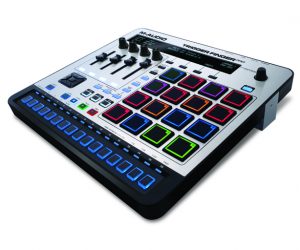
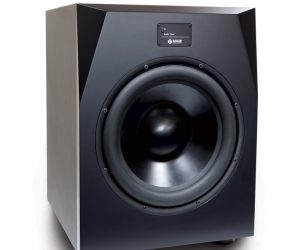

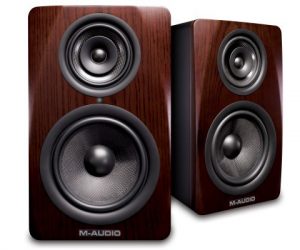








RESPONSES